#infrastructureconstraints hashtag
Explore tagged Tumblr posts
Text
Dynamic Shifts in Retail Formats: Meeting Growing Demands Over Time in Mexico
Written By: Gargi Sarma
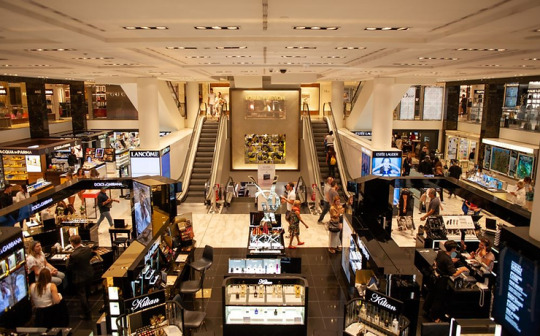
Introduction:
Mexico has a thriving and varied retail scene that includes both classic and modern formats to meet the wide range of needs of the nation's customers. Mexican consumers have access to a diverse range of shopping experiences, ranging from vibrant markets and corner stores to expansive supermarkets and virtual marketplaces.

Figure 1: Market Share of Retail Models in Mexico (2022)
The changing nature of consumer needs is a notable feature of Mexico's retail industry. The shifting demographics, urbanization, and technological improvements driving the economy also drive changes in Mexican consumers' preferences and behaviors. Customers expect quality, variety, price, and convenience, which forces businesses to constantly innovate and adjust in response to these changing needs.
This article delves into the intriguing transformations taking place in the Mexican retail scene, specifically emphasizing the adjustments made to shop structures. We examine the shift from conventional storefronts to more contemporary spaces, examining the forces behind this change and its effects on shops and customers. We can obtain important insights into the changing retail dynamics influencing the Mexican market by looking at the dynamic interaction between customer needs and store formats.
Overview of Retail Formats in Mexico:
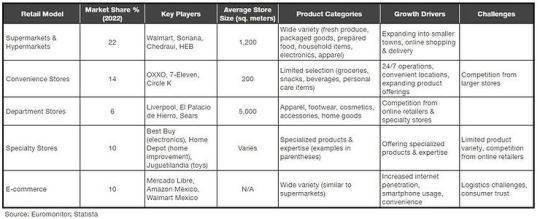
Figure 2: Modern Retail Models in Mexico
Growing Demands Driving Changes:
Key trends:
Rising disposable income: Increased spending power fuels demand for diverse and higher-quality products.
Urbanization: Growing urban population seeks convenience and a wider product range, driving demand for modern formats.
Technological adoption: Increased internet & smartphone usage influences online shopping and omnichannel experiences.
Changing values: Growing awareness of sustainability and health, impacting product choices and shopping preferences.
Experience: Desire for personalized, convenient, and engaging shopping experiences.
Retail Format Shifts:
Driving factors:
Urbanization: Demand for smaller, accessible formats like convenience stores and proximity retail.
Rising income: Growth of supermarkets, hypermarkets, and specialty stores offering wider product variety.
Globalization: Entry of international retailers and brands influencing format trends and competition.
E-commerce boom: Rapid growth of online shopping platforms like Mercado Libre and Amazon Mexico.
Changing consumer preferences: Shift towards convenience, experience, and omnichannel shopping journeys.
Case Studies:
OXXO: Convenience store chain adapting to changing demands by expanding product offerings, introducing digital services, and partnering with delivery platforms.
HEB supermarkets: Targeting premium grocery segment with a focus on fresh produce, prepared meals, and online ordering.
Liverpool department store: Launching omnichannel initiatives, integrating online and offline shopping experiences.
Mercado Libre e-commerce platform: Expanding physical presence with pickup points and partnering with traditional retailers.
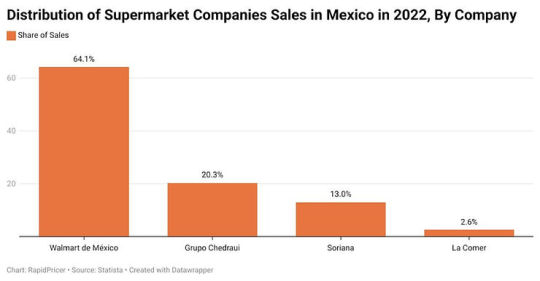
Figure 3: Distribution of Supermarket Companies Sales in Mexico in 2022, By Company
In 2022, the Mexican business of Walmart de México y Centroamérica accounted for 64.1% of total supermarket sales. The business made 813.06 billion Mexican pesos in net revenues in 2022 (Figure 4).
Evolution Over Time:

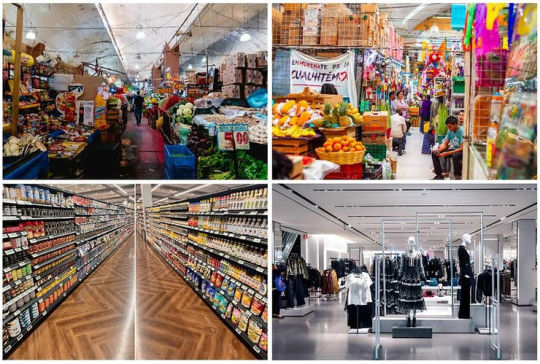
Figure 5: Comparison of Traditional and Modern Retail Landscapes in Mexico
Adaptation and Innovation:
Key adaptation strategies:
Omnichannel integration: Connecting online and offline experiences through click-and-collect, mobile apps, and personalized promotions.
Enhanced convenience: Expanding delivery options, self-checkout systems, and mobile payment solutions.
Data-driven insights: Utilizing customer data to personalize offers, optimize inventory, and predict trends.
Focus on experience: Creating engaging shopping environments, offering loyalty programs, and hosting events.
Sustainable practices: Implementing eco-friendly packaging, reducing waste, and sourcing responsibly.
Case Studies:
OXXO convenience stores: Partnering with delivery platforms, expanding payment options, and offering localized product selections.
Walmart Mexico: Launching "Super Willys" smaller format stores, investing in mobile payments, and expanding online grocery delivery.
Liverpool department store: Integrating virtual fitting rooms, offering personalized styling consultations, and partnering with local designers.
Farmacias del Ahorro pharmacy chain: Utilizing AI to optimize logistics and inventory management, and offering telemedicine services.
Challenges and Opportunities:
Challenges:��Mexican retailers encounter infrastructure constraints, such as insufficient transportation and logistics systems, which may impede the effectiveness of their supply chains. Retailers face additional challenges in navigating the market from regulatory constraints such as complicated licensing procedures and taxation policies.
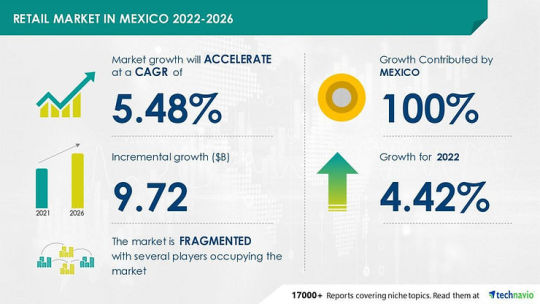
Figure 6: Retail Market in Mexico, 2022 - 2023 (Source: Technavio)
According to Technavio, between 2021 and 2026, the retail market in Mexico has the potential to increase by USD 9.72 billion.
Conclusion:
Technological developments, shifting consumer preferences, and socioeconomic transformations are all causing dynamic changes in Mexico's retail environment. The retail industry in Mexico shows a wide range of structures meeting the different needs of customers, from conventional markets and family-owned stores to contemporary supermarkets and e-commerce platforms. Retailers can innovate and adapt despite ongoing problems like infrastructure restrictions and regulatory obstacles. Retailers can overcome these obstacles and take advantage of Mexico's expanding market potential by utilizing technological advancements, adopting omnichannel strategies, and placing a high priority on the consumer. Proactive adjustment and calculated innovation will be essential for the retail sector to prosper in this changing and cutthroat environment as it continues to change.
About RapidPricer
RapidPricer helps automate pricing and promotions for retailers. The company has capabilities in retail pricing, artificial intelligence, and deep learning to compute merchandising actions for real-time execution in a retail environment.
Contact info:
Website: https://www.rapidpricer.com/
LinkedIn: https://www.linkedin.com/company/rapidpricer/
Email: [email protected]
#retailtransformation hashtag#mexicanretail hashtag#retailinnovation hashtag#consumertrends hashtag#urbanizationimpact hashtag#technologicaladvancements hashtag#omnichannelexperience hashtag#economicgrowth hashtag#sustainableretail hashtag#customerexperience hashtag#markettrends hashtag#retailevolution hashtag#convenienceshopping hashtag#supermarkettrends hashtag#ecommerceboom hashtag#digitaltransformation hashtag#dataanalytics hashtag#customerinsights hashtag#supplychainchallenges hashtag#regulatoryenvironment hashtag#infrastructureconstraints hashtag#marketopportunities hashtag#retailtech hashtag#dynamicShifts hashtag#adaptationstrategies hashtag#businessinnovation hashtag#retailgrowth hashtag#mexicaneconomy hashtag#marketexpansion hashtag#retailsolutions
0 notes